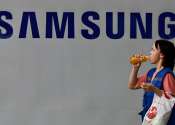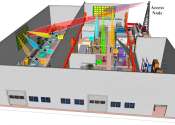Small businesses grapple with global tech outages created by CrowdStrike
An owner of a consumer insights research firm couldn't pay her employees, make Friday's deadline to sign a contract for a new business or send key research to a key client. A psychiatrist, who runs a virtual mental health ...
Jul 22, 2024
0
1









